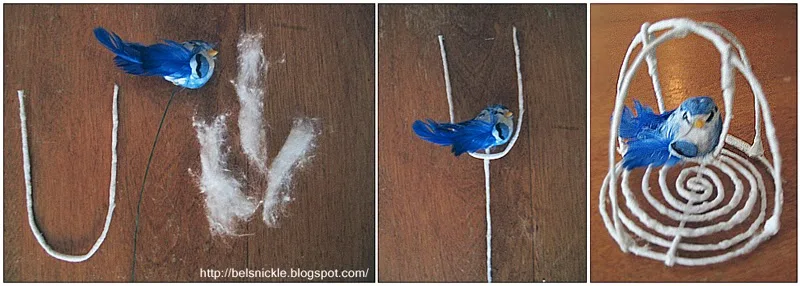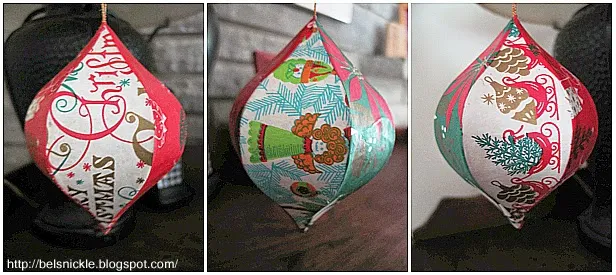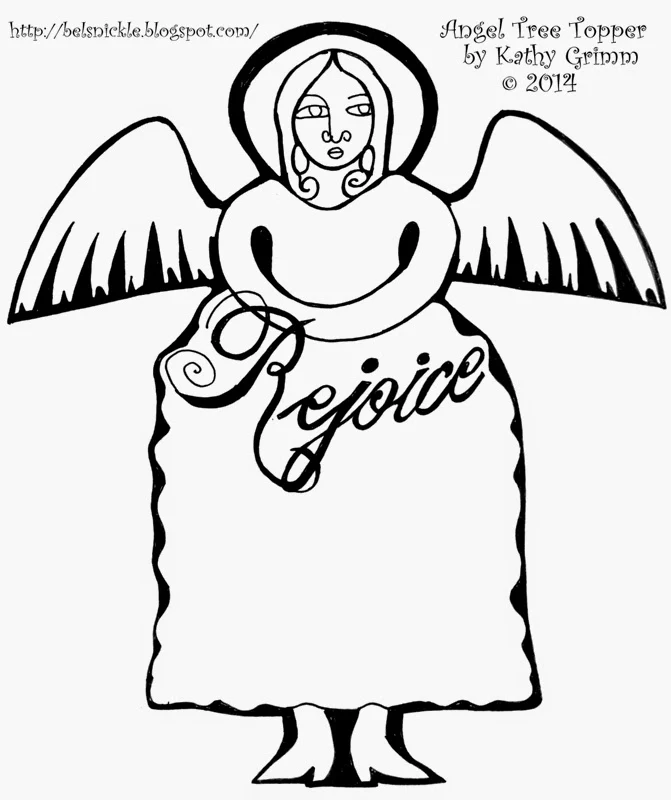 |
| My finished cotton batting corn on the cob. |
If you have never made a cotton batting ornament before, this is a nice little project to begin with. In it you will learn the most basic skills needed in order to complete a cotton batting Christmas ornament.
I know that some of you may think this is a strange subject for a Christmas ornament, however, it is very ordinary to see one or two corn cobs hanging among the branches of a glass collector's Christmas tree. To find a cotton batting one is not so very ordinary, at least not until now. Perhaps it will become traditional to those people learning this old craft? Only time will tell.
- cotton balls
- white school glue
- tacky white glue
- newsprint
- masking tape
- wire for hanging
- yellow, gold, green, white and brown acrylic paints
- tiny paint brush
- Crush the newsprint into a small narrow cob shape, approximately two inches long. (pictured below)
- Wrap this newsprint form in masking tape.
- Insert a wire for hanging at the wider end of your cob. Tape and glue in this wire firmly.
- Unravel a couple of cotton balls and take a very tiny piece between your finger tips with a small bit of glue and roll this wad into a tiny ball. (picture just below)
- Repeat this process until you have made approximately twenty of these kernel sized balls.
- Use the tacky white glue to begin sticking one, two, three kernels side by side in a spiral pattern at the very tip of your corn cob. Press these kernels together as you go. Take your time and let these dry as you go. It helps to work near a warm light or heater. As long as the tacky glue is holding the kernels of cotton batting together you can proceed to add to your "cob."
- As your cotton cob kernels multiple you will be able to deduce how many more of the kernels are needed. Perhaps thirty more depending upon the size of your wrapped form. This is different for every project.
- You will also need to keep squeezing together the kernels adding additional ones with tacky glue and then as these dry add a couple of more layers of white school glue to the surface of the corn cob.
- After you have covered the cob, layer a few fine strips of rolled "narrow, leaf shaped" cotton for the "husks." glue these directly to the top of the ear of corn, twisting them around the wire hook.
- Let your finished cob dry overnight.
- Paint the corn cob using multiple yellow and gold colors on the kernels. Use a very tiny brush to get down inside the cracks with paint.
- Use greens and browns to paint the husks.
- Let the cotton batting ornament dry and then seal it with a acrylic gel (Matt finish) to keep your ornament looking clean over time.
- Store your cotton batting ornaments between white tissues inside a tin box with a tight sealing lid. These boxes are the types used to store butter cookies and sometimes candies.
 |
| This is what your corn cob should look like prior to painting it. I have photographed it from different angles so that you may get an idea about how it looks "in the round." |



















